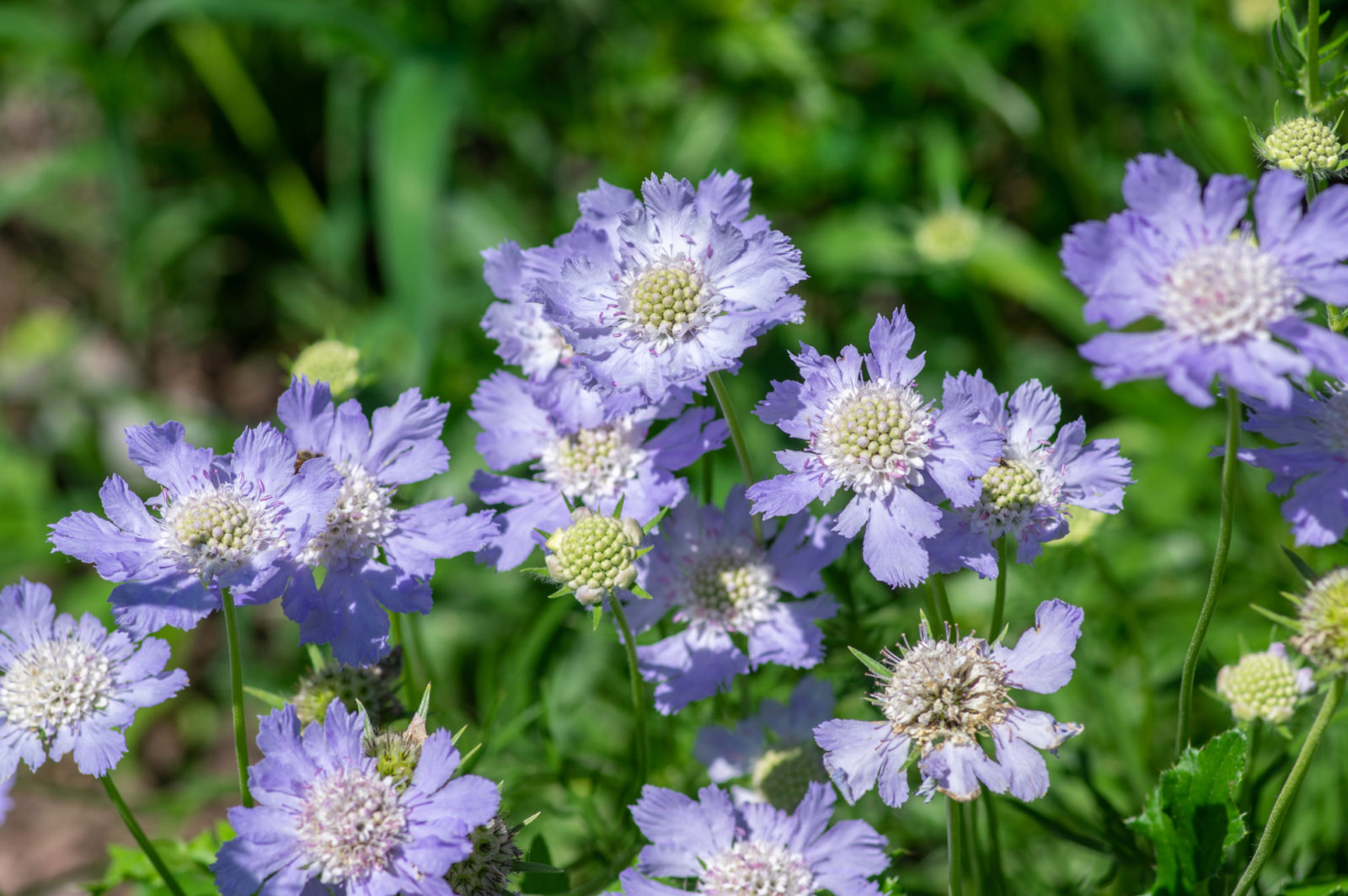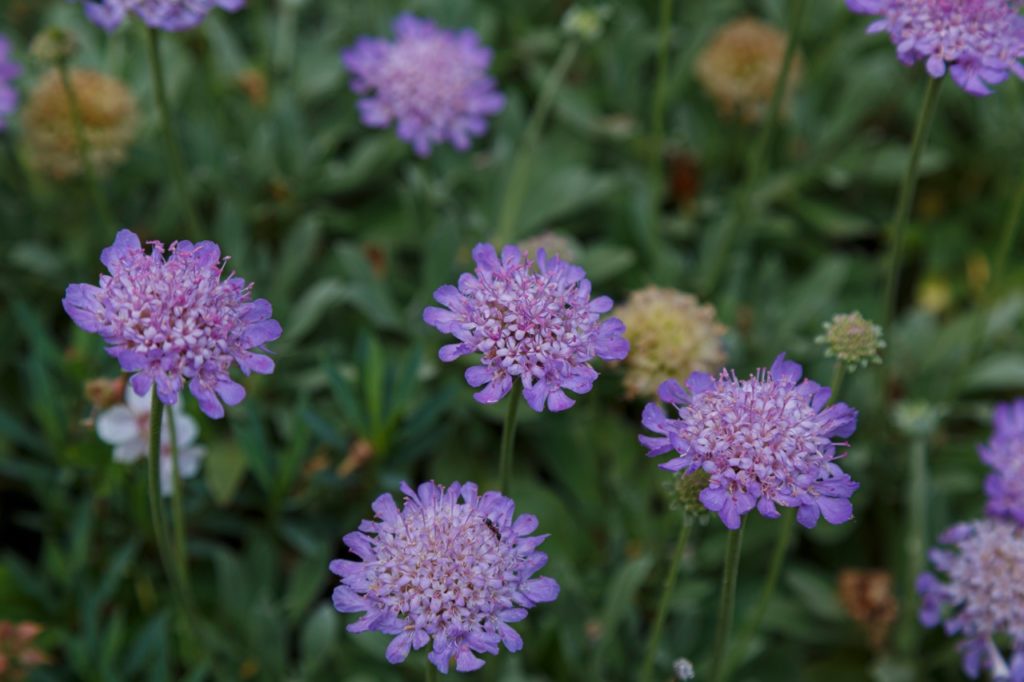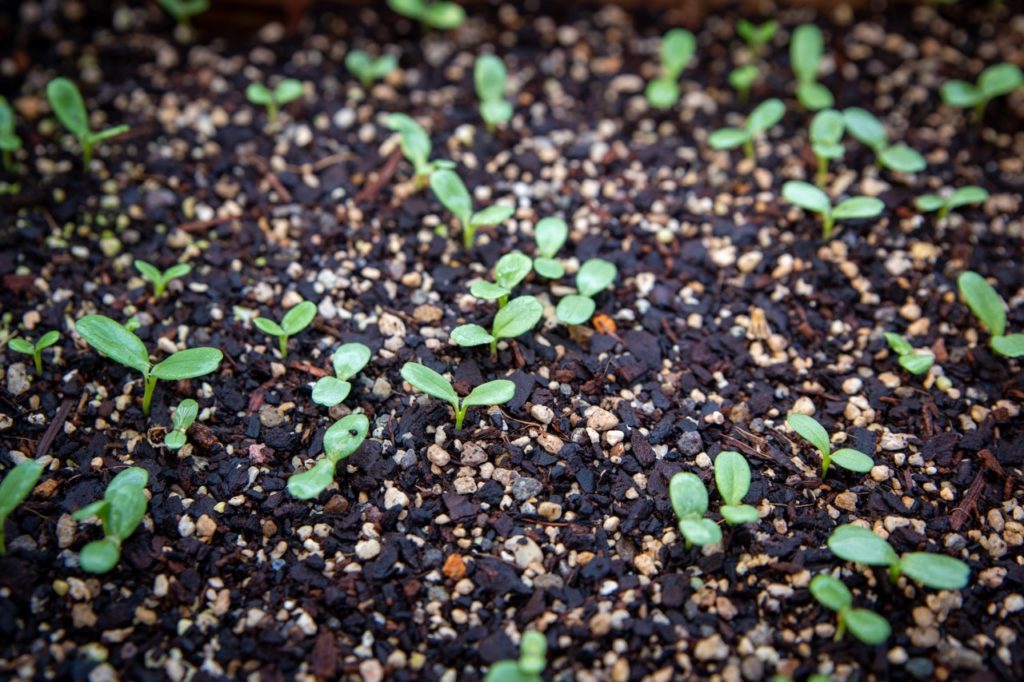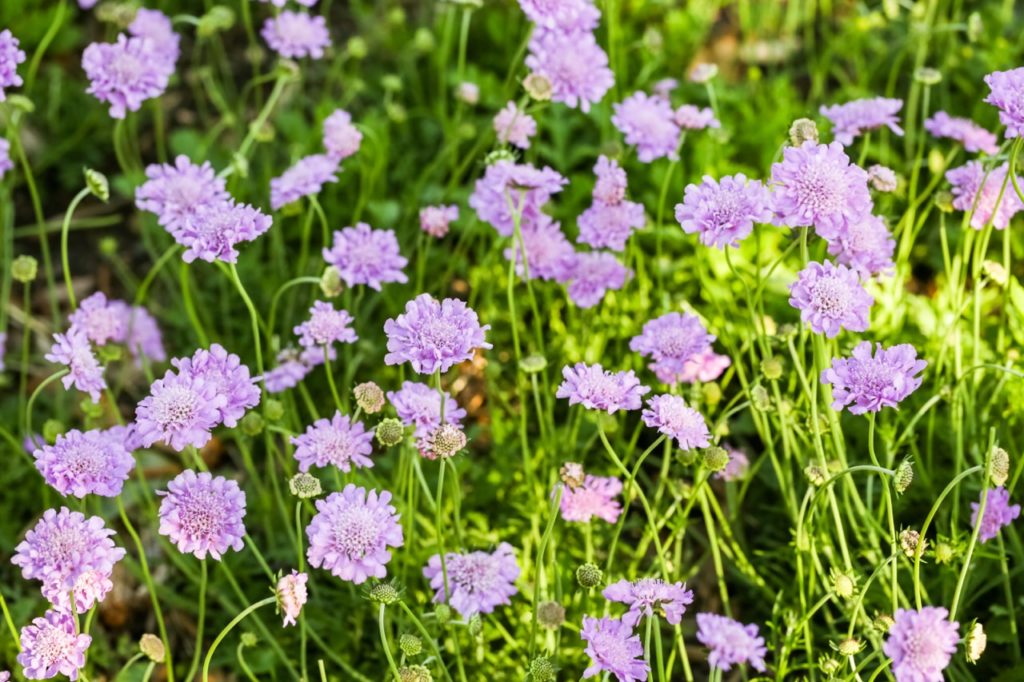Sowing Scabiosa Seeds: ‘Keep The Bed Weed Free To Prevent Them Being Swamped’

PERENNIALS > SCABIOSA > SOWING

Elizabeth is a Permaculture Garden Designer, Sustainability Consultant and Professional Writer, working as an advocate for positive change. She graduated from the University of St. Andrews with an MA in English and Philosophy and obtained a Diploma in Applied Permaculture Design from the Permaculture Association.
Reviewed By COLIN SKELLY

Colin is a Horticulturist and Horticultural Consultant with experience in a range of practical and managerial roles across heritage, commercial and public horticulture. He holds the Royal Horticultural Society’s Master of Horticulture award and has a particular interest in horticultural ecology and naturalistic planting for habitat and climate resilience.
IN THIS GUIDE
SCABIOSA GUIDES
Deadheading
Growing From Seed
Varieties
Scabiosa, also known as the ‘Pincushion Flower’, can be perennial, biennial or annual.
Whichever type you decide to grow, these are a great choice for attracting wildlife to your garden.
They can be great additions to beds or borders, or as part of wildflower meadows.
Fortunately, these useful plants are relatively easy to grow from seed. Annual types can even be sown directly outdoors with little care required.
“Sowing annuals outside is easier if you are growing them in a weed-free seed bed, such as in a cut flower garden,” shares Colin Skelly, a Master Horticulturist.
“If they are being sown in a border, the challenge is to mark clearly where you have sown them and to keep the bed weed free to prevent them being swamped by weeds.”
To grow scabious from seed:
- Sow seeds indoors or under cover in autumn.
- Keep the seedlings under cover throughout winter.
- Pot on scabiosa seedlings once they are large enough to handle.
- Plant out where they are to grow in spring or directly sow annual types into the ground.
| Difficulty | Easy |
| Equipment Required | Seeds, seed tray, growing medium |
| When To Sow | Spring or autumn |
When To Sow Scabiosa
If you already grow scabious in your garden then you may well be able to collect the seeds from your existing plants, as these are usually abundantly produced with annual types.
Just note that hybrids will not come true from seed.
Most types of scabious seeds should be sown in Autumn for best results, preferably in September or October.

However, annual types can also, if you wish, be directly sown in spring where they are to grow.
Spring sowing might be your strategy if you are growing scabiosa as part of a wildflower mix.
However, for more reliable germination, sowing scabiosa in autumn usually yields better results, especially with those types which may be a little more challenging to grow successfully from seed.
1) Sow Scabious Seeds
Sow Scabiosa seeds indoors or undercover in seed trays filled with moist yet free-draining peat-free seed compost.
Cover them over lightly with a thin layer of growing medium.
2) Keep Under Cover Through Winter
Keep these in a reasonably cool undercover location until they germinate, and keep them under cover through the winter months.

Try to place the seedlings in a light, bright spot so that they don’t become leggy.
3) Pot On In Individual Pots
Once the scabiosa seedlings are large enough to handle, prick them out of the seed tray and place each one into its own individual pot.
Be sure to handle the young seedlings gently and hold them by a leaf rather than by the stem to prevent damage.
Make sure that their medium remains moist, but do not overwater.
4) Plant Out In Spring
You can then plant out your young scabious where they are to grow in March or April.
Most prefer full sun but can tolerate light shade, whilst the soil should be moist yet free-draining.

If the scabiosa you have chosen is an annual one, it will bloom the same year before dying, though may self-seed in some settings.
If it is a biennial, it will bloom and then die in its second year.
Perennial types will, of course, live on and bloom over a number of years.
